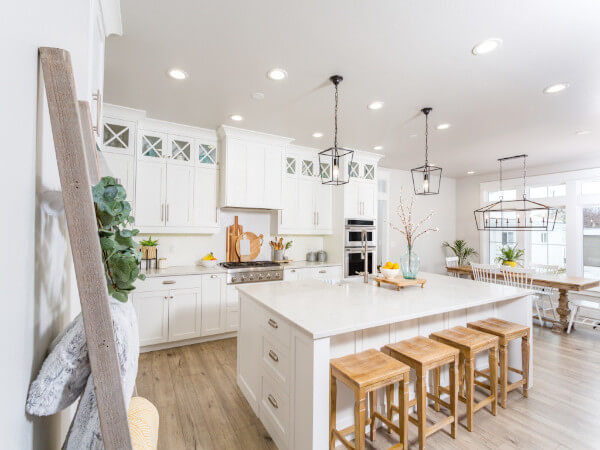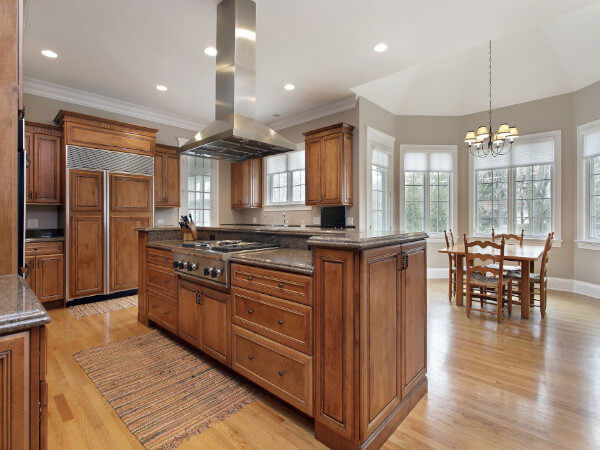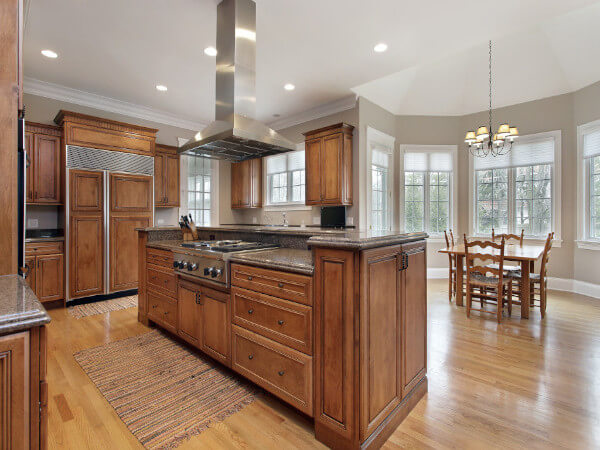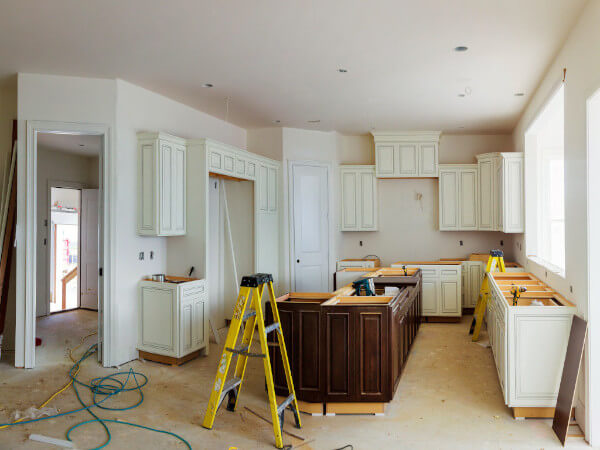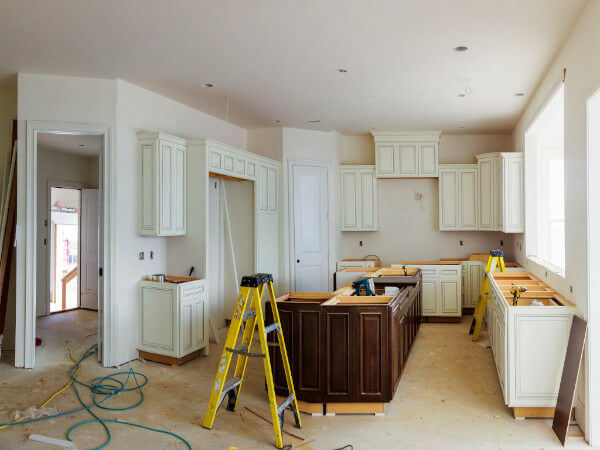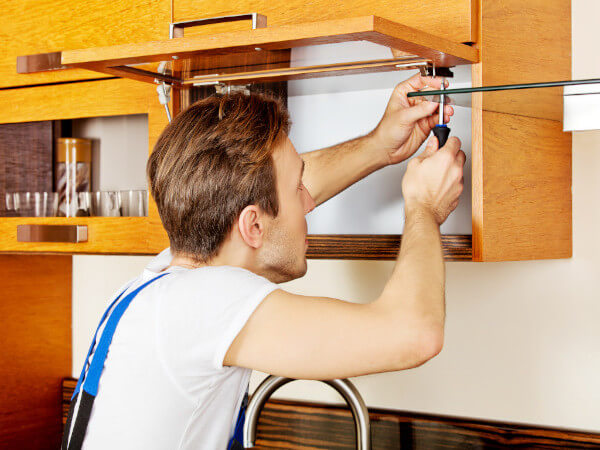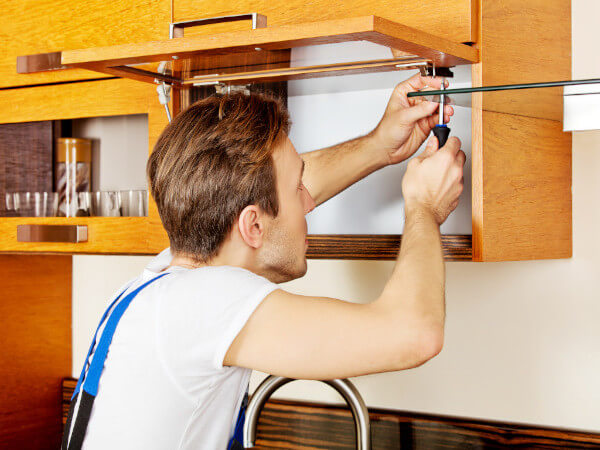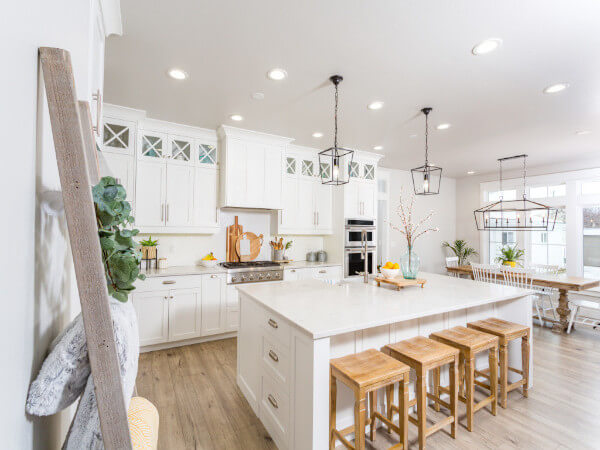
INDIANAPOLIS, IN — A trio of emerging trends in neighborhood design and sustainable living practices should continue to shape the market for new housing and residential remodeling as the “mindset of consumers continues to shift in a dynamic social climate,” according to a new report from the Home Improvement Research Institute.
According to HIRI’s recently issued Future of Housing Trend Report, new and remodeled homes will likely be shaped by a growing homeowner passion regarding issues such as climate change, sustainability and minimalism, resulting “in an increased emergence of eco-friendly materials and 3D-printed technology to designs focused on cultural inspiration and reversible architecture.”
Among the key trends identified by HIRI researchers are the following:
n “Hyper-local neighborhoods”: Architects, developers and local governments are proposing neighborhoods centered on community building and local businesses. These spaces are intended to be car-free, with all necessities reachable via a short walk or bicycle ride.
n Flight from the cities: “As urban centers expand in size and population, consumers are recognizing that their quality of life is suffering — whether that be due to alienation, affordability issues, lengthy commutes or pollution,” HIRI said. As a result, many are moving away from city centers and turning to community-based neighborhoods that provide a sense of belonging while also satisfying the need for convenience and cleaner air.
n Sustainable Housing: With sustainability as a top priority, architects and designers are embracing different eco-friendly concepts, among them “reversible design” (the architecture of structures that can be easily deconstructed, that can be reused or with parts that can be removed and added easily) and 3D-printed housing (homes that offer sustainable and protective construction that avoids structural issues in the case of extreme weather).
“Contemporary consumers are wary of the impending consequences of climate change, and a large number are becoming increasingly aware that simply shifting their lifestyle and practicing ecological mindfulness are likely not enough,” HIRI said. “As a result, many are demanding that brands and creators take the environment into consideration.
n Simplified Living: Building off of the desire for more sustainable living, the emergence of simple, more minimalist design emphasizes homeowners’ functions and needs.
“Contemporary consumers in fast-paced urban centers are looking to balance the demands of their daily lifestyle with a comfortable home environment,” HIRI said. “Many are prioritizing minimalist designs and additional spaces that can optimize and elevate their living situation without compromising aesthetic appeal.”
The post Sustainability Seen Shaping Housing, Remodeling Markets appeared first on Kitchen & Bath Design News.
